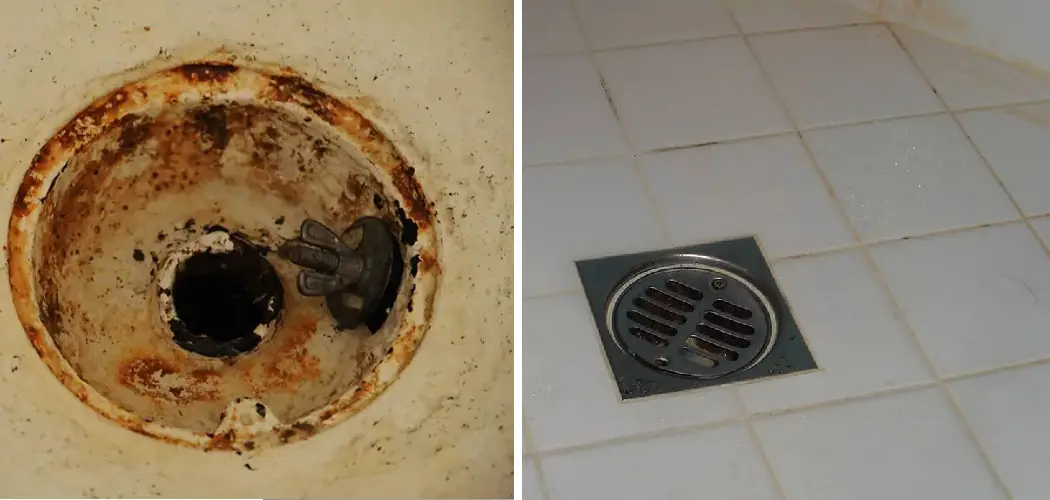Are you having trouble with a clogged floor drain in your basement? Don’t worry, this is a common issue, and it doesn’t have to be difficult to fix. With the right tools and some basic know-how you can unclog that troublesome floor drain quickly!
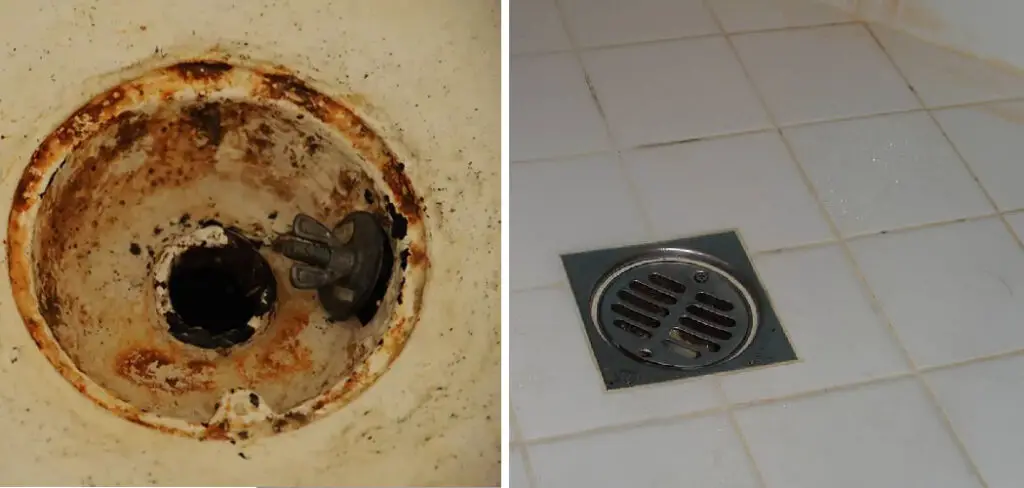
From foul odors to backed-up water, clogged floor drains in a basement can be a real nuisance and quite the conundrum for homeowners. If you’ve noticed that water is standing around your basement floor drain (and not draining as it should) or that there’s an unpleasant smell coming from this area, then chances are it has become clogged with debris.
In this blog post, we will explain exactly how to unclog floor drain in basement by using cost-effective materials and tools that can quickly help restore correct drainage in no time – so don’t worry, all hope is not lost!
What Will You Need?
Before you jump into the task of unclogging your floor drain, there are some items that you will need to have on hand.
- A plunger
- A sink drill (or a plumber’s snake)
- Gloves
- Safety goggles/glasses
Once you’ve gathered these items, it’s time to get started.
10 Easy Steps on How to Unclog Floor Drain in Basement
Step 1. Check to See If the Clog Is Visible
The first thing you should do is try and locate the clog. Look inside your floor drain and see if anything is visible that could be causing the blockage. If you can spot something, such as debris or hair, you can simply grab it with your hands (gloves on) and pull it out.
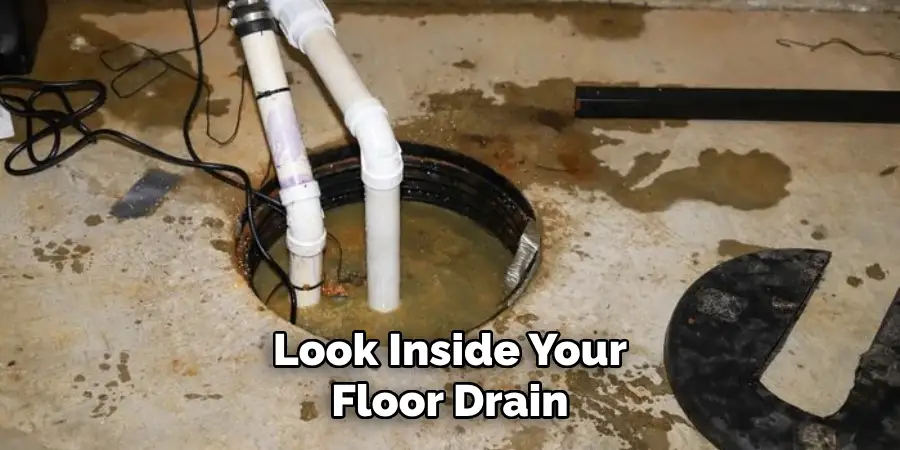
Step 2. Try Using Hot Water
If nothing is visible in your drain, try using hot water to flush away any possible build-up that may be blocking it. Boil some water and pour it down your drain – just make sure not to burn yourself! You can also use a combination of hot water and dish soap.
Step 3. Use Your Plunger
If the hot water doesn’t do the trick, then you can use a plunger. Position the plunger over your drain and plunge several times to see if that helps loosen any potential clog. As you plunge, the suction should help break up and flush away any debris blocking the drain.
Step 4. Try Using Chemical Drain Cleaners
If you don’t want to use a plunger or hot water, another option is to try using chemical drain cleaners. This option is great for tough clogs, but always follow instructions closely and wear gloves when handling these products. If you have young children or pets, avoiding using chemical drain cleaners altogether is best.
Step 5. Use a Sink Auger/Plumber’s Snake
A sink auger, or plumber’s snake, is an excellent tool for removing stubborn clogs. Insert the auger into your drain and turn it until you feel resistance, indicating it has reached the blockage. Use gentle pressure as you turn the handle to help break up the clog, and then slowly pull out the snake.
Step 6. Try a Mixture of Vinegar and Baking Soda
Another popular DIY technique for clearing tough clogs is to mix one cup of baking soda with one cup of white vinegar in a bowl before pouring it down your drain. Leave this mixture in your drain overnight and follow it with hot water the next morning. Don’t be alarmed by the fizzing and bubbling; this is normal!
Step 7. Use Boiling Water Again
Once you’ve tried these techniques, it’s always a good idea to flush your drain with boiling water one last time. This will help remove any remaining debris and should hopefully do the trick. Wait at least 10 minutes before using the boiling water, as this will give any chemical drain cleaner enough time to work its magic!
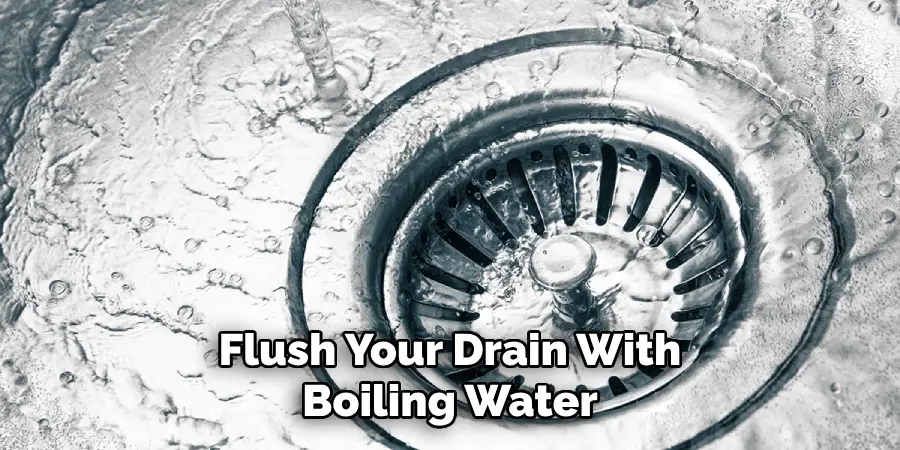
Step 8. Remove Any Excess Debris
Lastly, use a flashlight or look into your floor drain to ensure no excess debris could be blocking the pipe. If you can spot anything, remove it with a pair of pliers before flushing your drain again with hot water. Additionally, you can clean the surface of your drain with a damp cloth to remove any dirt or debris.
Step 9. Contact a Professional
If none of these techniques work, then it may be time to contact a professional plumber for further assistance. Most plumbing services offer clog removal as part of their services so they will be more than happy to help. Be careful not to use any harsh chemicals or tools, as this could lead to further damage.
Step 10. Prevent Future Clogs
To avoid future clogs, practicing proper maintenance of your floor drain is important. Make sure you check and clean out any debris that may be blocking the pipe regularly – this will save you time and money in the long run! Remember, prevention is always better than cure.
We hope these steps have helped you learn how to unclog the floor drain in the basement for yourself. While clogged floor drains can be annoying, they can easily be fixed with patience and a few simple techniques.
5 Additional Tips and Tricks
- If you have a drain clearing machine, you can use it to unclog your floor drain.
- Use boiling water to help dislodge the clog. Make sure not to pour too much in at once, and wait a few minutes for the hot water to work its way down before pouring in more.
- If the clog is caused by soap scum or grease, try pouring some dish detergent or cleaning agents into the drain to break up the debris.
- If all else fails, consider using an auger or snake to break up any blockages and clear out any debris that has accumulated inside of the pipe.
- Finally, if these methods don’t appear to be working, it may be time to call a professional plumber for help. The plumber will be able to give you the best advice and solution for your specific situation.
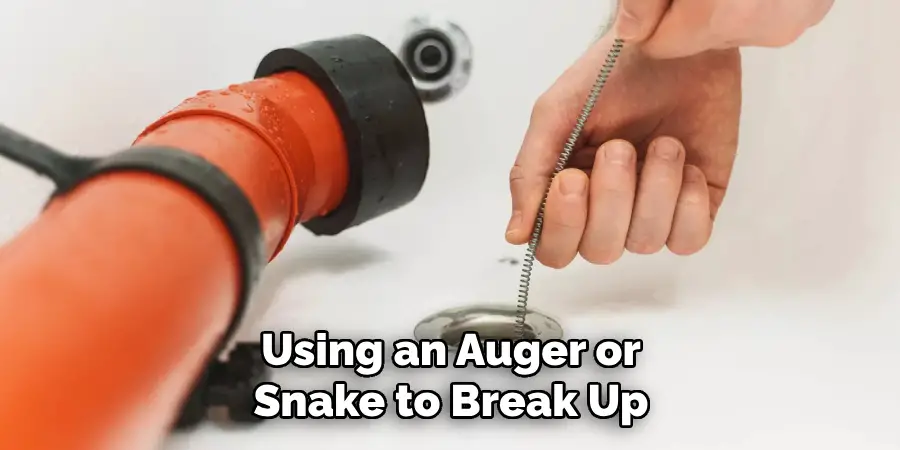
By following these tips and tricks, you should be able to successfully unclog your floor drain in the basement without too much hassle. It’s important to remember that if any of these methods don’t seem to work, it may be best to call a professional instead of trying something potentially dangerous or damaging on your own.
5 Things You Should Avoid
- Avoid using chemical drain cleaners as they can be dangerous and cause damage to your pipes.
- Do not pour boiling water directly onto the drain, which can crack or break the pipe.
- Don’t use a plunger on a clogged floor drain; it will only push the obstruction further down the pipe, making it more difficult to dislodge.
- Never use wire hangers or other objects that could scratch the inside of your pipe, which can cause additional blockages in the future.
- Refrain from putting food scraps, grease, or other materials down your floor drain – these items can quickly lead to clogs if left unattended!
By following these tips and avoiding the pitfalls, you should be able to clear your blocked floor drain quickly and easily. If not, it may be best to call a professional for help so that you don’t cause any further damage.
How Do You Snake a Basement Drain?
If you’ve tried all of the above tips and tricks but can still unclog your basement drain, it might be time to use a snake. Snaking is one of the most effective ways to clear clogs in floor drains. Here’s how:
- Start by attaching an auger head or flexible cable to the end of your drain cleaning machine. Ensure it goes at least 8-12 inches down into the drainpipe.
- Turn on your machine and slowly feed it into the drain until you feel resistance from a blockage.
- Once you reach the obstruction, move the cable or drill back and forth as you push forward to break up any tough clogs.
- Once the obstruction is cleared, slowly pull the cable back out of the drainpipe and remove any debris that may have been dislodged during snaking.
- Finally, run some hot water down the drain to flush out any remaining debris after snaking your floor drain.

By following these steps, you should be able to successfully snake your basement floor drain and unclog it with ease! If any of these methods aren’t working, it might be time to call a professional plumber for help in order to avoid damaging your pipes or causing further harm.
Conclusion
How to unclog floor drain in basement can be a tricky task, but it doesn’t have to be intimidating. By following the three simple steps outlined in this blog post – gathering necessary supplies, cleaning the drain assembly, and removing all large debris – you can unclog your floor drain without any major issues.
Regular maintenance is the best way to avoid needing to clear out your floor drain continually. Doing this step will allow you to examine if any pieces of the drain are damaged or need cleaning, which will help prevent future issues.
All in all, unclogging a basement floor drain should be easy as long as all of the right precautions and safety protocols are followed. So don’t panic when facing a clogged floor drain – just take it one step at a time, and you’ll have the job done before you know it!

